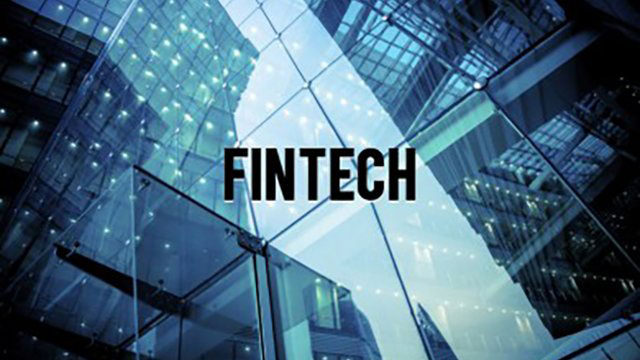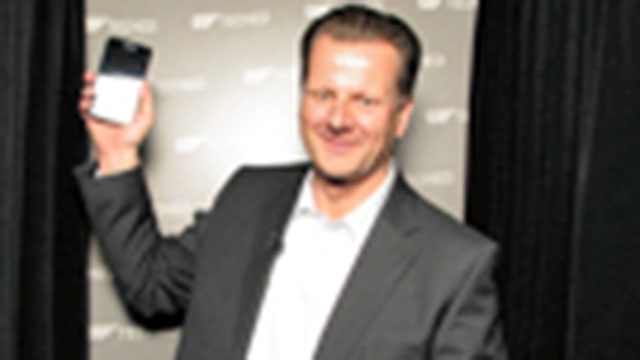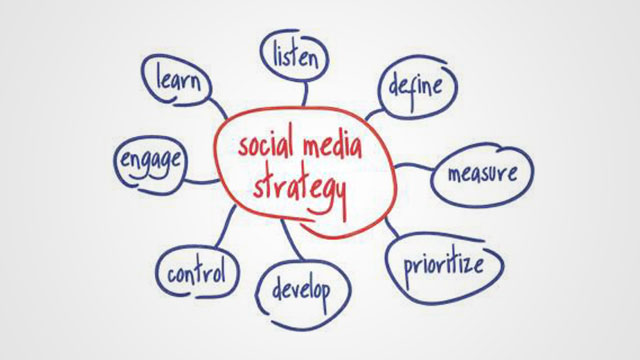For a long time now the financial services industry has operated under a cloud, criticised (understandably) for a range of failings since the 2008 banking crisis. It is clear there are still many areas where the industry needs to improve, but as I reflect on my time at SIBOS in Singapore I am very optimistic about the future.
I am very positive, because I believe technology will play a fundamental role in changing the dynamics. It will disrupt out-dated practices, provide opportunities for new players and above all dramatically enrich the services offered to clients. For a long time the industry has needed this shake-up and some institutions may be fall behind, but I am delighted to say UBS is taking a leading role in helping to transform the banking sector.
During my time at Sibos, many banking and finance executives voiced to me their concerns around the pace of change. It is critical to balance the speed needed to drive competitive advantage against the importance of protecting our clients’ assets and complying with a much stricter regulatory landscape. To those senior leaders across the industry still hesitant about engaging I would say we are at the start of our journey and business involvement is essential to ensure this technology transformation does not become consumed in its own hyperbole. It is important that a good cross section of business executives engage in this period of change to ensure we reflect the needs of all stakeholders.
For example, mobile banking is already making huge progress, but there are many areas to address. If I look at its adoption rates it is succeeding faster in markets where it is not rubbing up against well-established transaction structures and users are comfortable with the accessibility mobile offers. In more mature markets we are yet to provide a completely convincing argument for mobile in banking. The likes of Apple Pay means it is seeping into the communal consciousness, so I expect to see rapid changes, but we need to temper our enthusiasm and listen to our clients’ needs.
Equally digitisation of services means data privacy becomes an even more important issue than it already is for every financial services institution. Recent malware incidents show how fast changing cyber-security threats are and how important it is for any new technology to place data protection above everything else.
The regulatory landscape is also becoming tougher and any new developments must be integrated. Consequently IT systems need to have the flexibility and agility to respond to new demands from financial authorities. This is challenging, particularly for smaller entrants to the market, because resources are finite.
Indeed the whole question of skills is a major one for the industry, because the wide range of exciting new technologies demands new skills many of which cannot be found in today’s institutions. This is a big opportunity for more agile start-ups, but as an industry we have a responsibility to build a future workforce who will have the ability to design and build robust, reliable systems.
I started out saying there has never been a more exciting time to be in banking. I am sure that all the Regional Finalists of our Future of Finance Challenge are going to open our eyes to many more opportunities.














